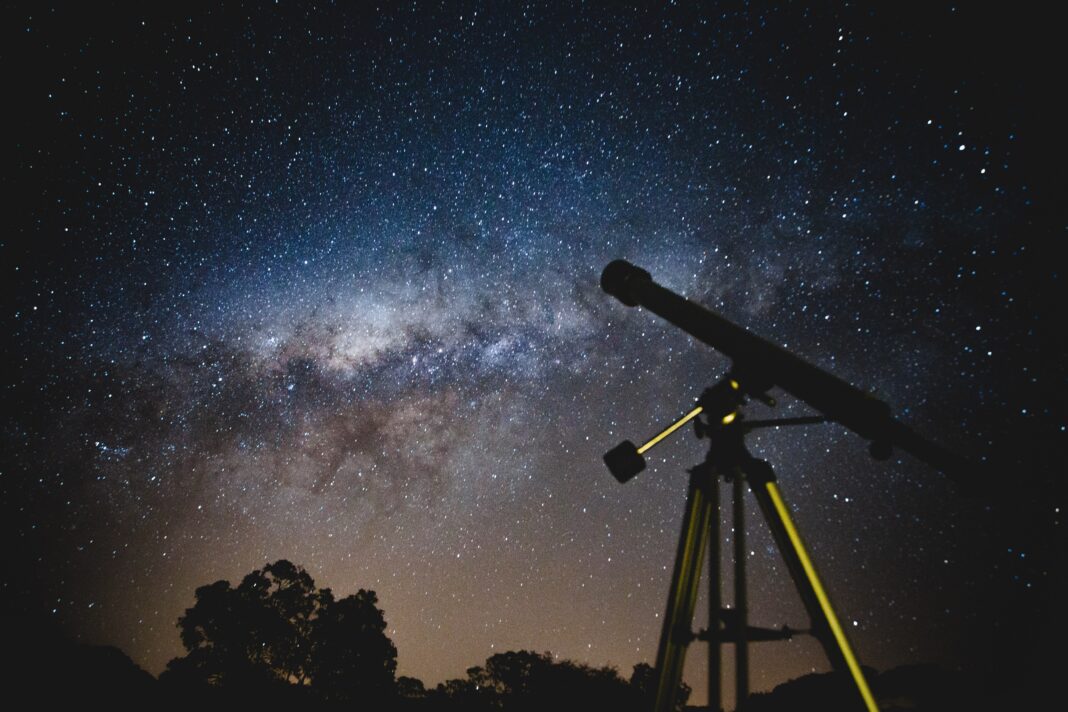|
Only have a minute? Listen instead
Getting your Trinity Audio player ready...
|
Rainy days and rainy nights — to compromise a Freddy Fender line — make sky-watching interesting, but stargazing frustrating. Even opportunities to observe the International Space Station this past week were lost. However, if we have clear skies this week, don’t hold your breath, we can watch Ophiuchus. This constellation called both the Serpent Bearer and the Healer, is holding Serpens in his hands.
Ophiuchus resembles a camping-out coffee pot, which is located above Scorpius, the star-group that looks like a fishhook or letter S. With clear dark skies, Ophiuchus is relatively easy to locate because it has fairly bright stars and is huge. The Serpent’s head is on the western side of Ophiuchus and hovers above a lovely globular star cluster designated M5. The eastern side contains the Serpent’s tail that curves all the way to the stars of Aquila, the Eagle.
Almost overhead are Hercules and Corona Borealis. Hercules resembles a stick figure frog, hardly heroic. But perhaps a kiss from a princess causes the hero transition. Corona Borealis is a small curve of stars just above the triangle of the serpent’s head near the zenith.
From the twilight glow in the west, you may see Castor and Pollux, those bright stars from the Gemini Twins lingering in the afterglow, along with Mars and Venus. A decent telescope will reveal the phase Venus is in. Watching these two planets will reveal their constant motion as they draw closer together this week. You might like to measure and record the changing distances between the two planets. Your fingers would do the job nicely-extended at arm’s length. How does the separation change between today and the end of the month?
The official start of summer, the shortest night of the year, will be on June 21. This means the sunrise will occur at the point farthest north along the ecliptic. Since the earth is tilted on its axis we have varying seasons. From this day until the first day of winter the hours of daylight will be a few minutes less and the hours of darkness a few minutes longer. This would make a unique summer-into-fall science fair project for some enterprising student, to mark just where along the horizon the sun rises and/or sets, and the official times of each. Science Fair judges look for data, and there would certainly be plenty of that.
This might be a good place for a story about Ophiuchus to entertain those students who are already getting “bored” staying at home. According to legend, he was a healer in ancient Greece. While chopping weeds out of his medicinal herb garden one day, he encountered a venomous serpent poised to strike. Ophiuchus used his hoe to chop the serpent in half. As it writhed along the ground, a second serpent appeared with a particular leaf in its mouth which it placed on the bleeding edges of the serpent that instantly reattached and both serpents slithered off to safety.
Ever the opportunist, the healer used the herb to heal all his patients; this aroused the ire of Hades, who was not getting any new boat rowers to cross folks over the River Styx. He complained about it and Zeus struck Ophiuchus with a bolt of lightning. And that was the end of the healer. This is the condensed version; the library has books about this and other constellations and there are numerous internet websites with detailed stories on the traditional ones. For a summer activity you might want to write your own family stories about the constellations the same way the ancient cultures developed the ones we share today.
Until next week, do let some stars get in your eyes.





